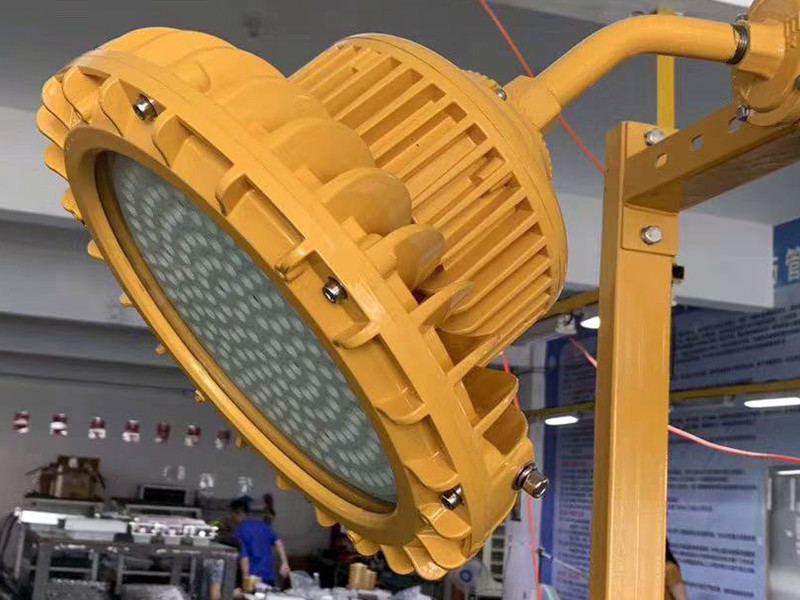No te feia tei ore i matau i te mau mori purapura, E nehenehe te ma'itiraa i te mea ti'a e riro ei mea ri'ari'a, e pinepine te reira i te aratai i te hooraa mai i te mau tao'a haihai a'e. No reira, no te arai i teie mau hape, it’s crucial to research and understand how to choose the correct LED explosion-proof lights.

Eaha te mau mea e faaite ra i te huru maitai o te tao'a?
Three main aspects should be considered: the light’s cooling system, the type of chip used, and the driver power configuration. Many people prioritize low prices, but this often means compromised quality. For a TE MAU PARAU APÎ O TE EKALESIA that meets performance standards, high-quality components are essential.
Important Considerations for Explosion-proof LED Lighting:
The selection, Te mau mana'o tauturu no te, faaohipa, and maintenance of explosion-proof LED lights are critical to ensure their long-term safety, Te ti'araa p, e te aravihi.
1. Selection: Individuals responsible for selecting these lights should understand the fundamental principles of explosion-proof lighting and be familiar with the relevant explosion-proof certifications.
2. Classification and Type: Choose the explosion-proof category, huru, Te mau mana'o tauturu no te, and temperature group according to the level of Te mau mana'o tauturu no te hazard in the area.
3. Environmental Conditions and Requirements: Consider the conditions and requirements of the environment where the light will be used. Ei hi'oraa, outdoor explosion-proof lights should have a minimum protection level of IP43. In places where color distinction is crucial, avoid high-pressure mercury and sodium lamps as they have poor color rendering.
4. Product Information: Read the product manual thoroughly to understand its performance, precautions, and limitations. Pay attention to markings like “x” after the Te mau mana'o tauturu no te tuatapaparaa e te haapiiraa number, indicating specific application areas for the light.
How to Choose a Quality LED Explosion-proof Light?
With the significant presence of LED explosion-proof lights in the industry and the vast array of options available, it’s essential to know how to identify high-quality ones.
Te haapapuraa: Look for lights with explosion-proof certification, an essential credential for any explosion-proof lighting.
Light Distribution: Assess whether the lighting is well-distributed. Lights with low brightness, limited coverage, significant disparity between power and performance, or poor distribution should be avoided.
Te hoê faanahoraa no te tam: Evaluate the light’s cooling system. Inadequate cooling can lead to reduced lifespan and efficiency.
By considering these factors, you can make a more informed and satisfactory choice when selecting LED explosion-proof lighting.
 Shenhai Explosion-Proof
Shenhai Explosion-Proof
